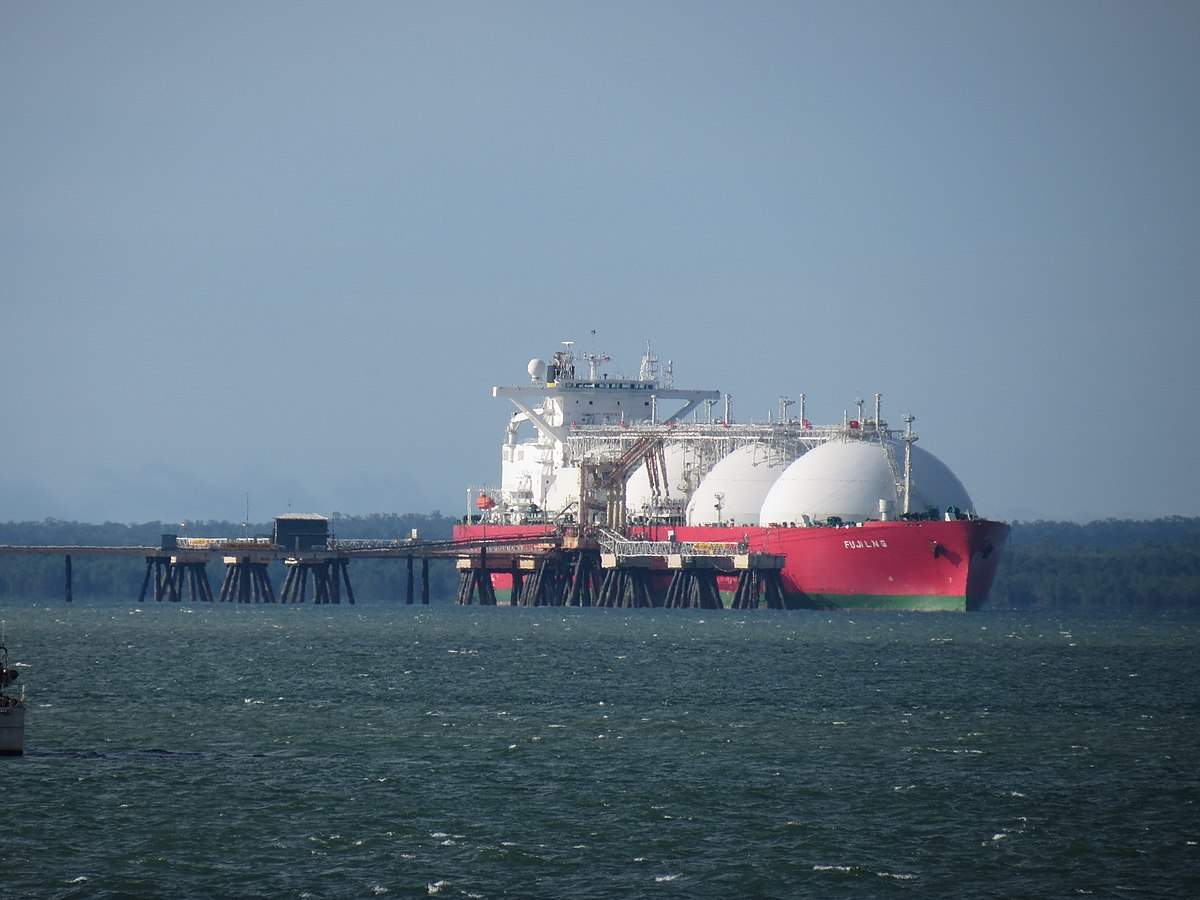
British-Dutch oil and gas giant Shell saw a record 12.5% rise in demand for liquefied natural gas (LNG) in 2019, according to its annual review.
In Europe, demand for LNG increased by 74%, significantly more than was forecast. The company explained this as being part of a global switch from coal to gas.
European countries drove the demand for LNG imports. The UK saw the biggest increase in LNG net imports during 2019 as it continued to phase out coal use. It imported over 8,000 tonnes more LNG than the year before.
The report predicts European import growth to be a temporary anomaly, which will shrink over coming years.
India imports the biggest volume of LNG, with over 30bn cubic metres a year.
Demand from China grew by 14%, continuing a steady rise of 12% since 2010. Combined, Bangladesh, India and Pakistan demanded 19% more LNG.
How well do you really know your competitors?
Access the most comprehensive Company Profiles on the market, powered by GlobalData. Save hours of research. Gain competitive edge.

Thank you!
Your download email will arrive shortly
Not ready to buy yet? Download a free sample
We are confident about the unique quality of our Company Profiles. However, we want you to make the most beneficial decision for your business, so we offer a free sample that you can download by submitting the below form
By GlobalDataConsumption declined in Japan and South Korea due to warmer winters and greater nuclear capacity in 2019.
Globally, the supply of LNG grew by 40 million tonnes. This absorbed a 9% slump in supply of domestic gas.
The US increased supply the fastest in 2019, and it is expected to continue growing faster than other countries.
LNG forecasts
Over the next few years, LNG supply will stop increasing as the number of new reserves being extracted falls. For every 20 reserves currently known, 17 are currently extracting. This leads Shell to predict a large supply gap by 2040, which is when it believes LNG demand will be double what it is today.
The report expects Asia to be responsible for nearly three-quarters of growth. Of this, most will be driven by China, Bangladesh, India, and Pakistan.
Shell integrated gas and new energies director Maarten Wetselaar said: “Record supply investments will meet people’s growing need for the most flexible and cleanest-burning fossil fuel.
“While we see weak market conditions today due to record new supply coming in, two successive mild winters and the Coronavirus situation, we expect equilibrium to return, driven by a combination of continued demand growth and reduction in new supply coming on-stream until the mid-2020s.”







